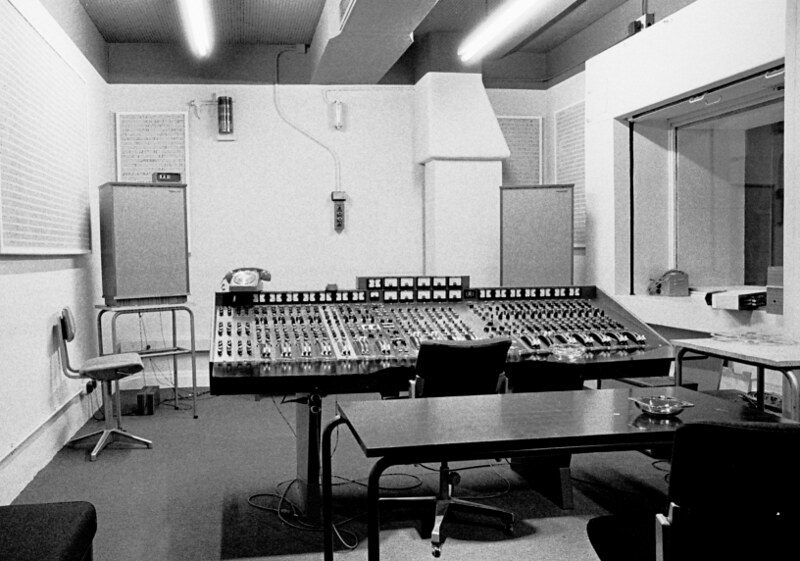Hoopsontoast
pfm Member
I have had the Stirling TWW and HE, found both liked to be a little away from the rear walls for best performance, even with the slots closed. Cheviots many years ago were happy up against rear walls.
One reason i like the eaton legacy as they are just fine right next to a wall
Did Toe Rag shut?
Do the ports/slots appear on the Turnberry range? If so I've never seen them or used them on mine.I have had the Stirling TWW and HE, found both liked to be a little away from the rear walls for best performance, even with the slots closed. Cheviots many years ago were happy up against rear walls.
I don't know I'm afraid, I've only had the two Stirling models.Do the ports/slots appear on the Turnberry range? If so I've never seen them or used them on mine.
Cheers Rob, I've done a bit of digging and nothing has come up so I'm guessing maybe not.I don't know I'm afraid, I've only had the two Stirling models.
Nah, Turnberry don’t have ports…Do the ports/slots appear on the Turnberry range? If so I've never seen them or used them on mine.
They've got the front facing 'oles but they aren't adjustable. Just went down to see if I could adjust them - big nope.Nah, Turnberry don’t have ports…
Love my fyne audio f300Tannoy Largest dealer recently Swapped to Fyne
I have earlier Kensington GRs built at Coatbridge in 2015. They are still in production.Tony / Steve
What do you define a "vintage Tannoy".
For instance, would a Kensington or a Turnbury be classified as vintage. I have heard good things about these two.
Aye, they have "vents" , on both sides, running the length of the front panel...They've got the front facing 'oles but they aren't adjustable. Just went down to see if I could adjust them - big nope.
Mash ups, the original SGMs used k series pepperpots, the new SGMs are more like the System DMT range of monitors but with inferior cabinets( the System DMT boxes haven't been bettered imho).I reckon they should sound good.
Having not heard vintage nor current Legacy Tannoys- the cult of Tannoy really is fascinating.

Based on my limited experience of tulips I'd argue the opposite. The tulip in my Autograph Mini sounds (and measures!) much smoother and open throughout its range and extends higher than any pepperpot I've ever heard. Probably not a fair comparison though given the smaller size of the HF diaphragm and waveguide in the Mini.I agree, the pepperpot is much better through its range. The tulip can sound a little raggy or grainy at a certain point in the treble.
You should definitely hear them. They are amongst the most historically significant loudspeakers. Given the age demographic of this site you’l likely find about a third or more of your music collection was recorded and mastered through them! They were the standard monitors at EMI, Decca and the vast majority of independent studios in the UK right through to the late-1980. Many studios still use them to this day.
Every hi-fi journey should hear the classics; Tannoy, Quad ESLs, BBC monitors, JBL, Altec, Klipsch, AR, Magnepan, Apogee etc. Without understanding the historic reference points it is impossible to assess the current state of the industry IMHO.
PS Here’s a pair of Lancasters at Abbey Rd in the 1970s. If you want to know how DSOTM was intended to sound that’s what you need! Note the Quad amp on the floor (either a 303 or 50E):

